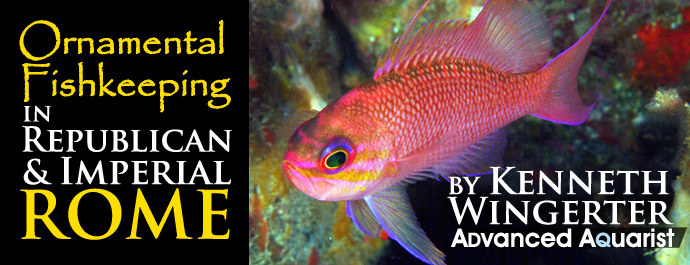
Note: The principal source of information found in the following piece comes from James Higginbotham’s Piscinae: Artificial Fishponds in Roman Italy (University of North Carolina Press, 1997). This comprehensive study of ancient pisciculture describes sophisticated production-scale breeding operations, freshwater and saltwater ponds with water features that would astound any modern pond keeper, and fish enthusiasts as fanatical as any to be found today. It is rich in “new” ideas for even the most accomplished aquarist. Numerous photographs and blueprints serve to enhance textual descriptions of sites. Touches of architecture, ancient scholarship, and art history add flavor without being at all inaccessible to the not-so-conversant reader; this book is about fish and fishponds, and is written as such. Any advanced aquarist, with or without a preexisting interest in history or archeology, will almost surely find this unique work to be a worthy read.
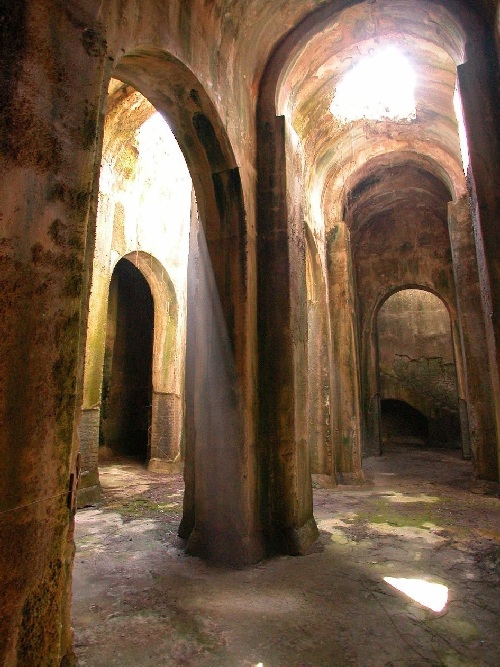
Large cisterns (such as the Piscina Mirabilis, shown here) served as municipal freshwater sources and oftentimes terminated in large fishponds. Photo by Fulvio Salvi.
Introduction
The supposition that Nature is to be subdued and duly officiated was a fixed component of the Latin paradigm. As remuneration for keeping a disciplined and uncompromising fidelity to this principle, Rome accommodated her citizens with unprecedented comfort and security. The characteristically Roman competitive spirit, as well as a rather inclusive access to the Known World’s riches and curiosities, drove individuals to lavish considerable resources upon conspicuous displays of affluence. By the inception of the Republican Era (circa 509 B.C.), few truly Roman architectural structures, however mundane in their explicit purpose, were free from socio-ideological expression. The grand scale, technical innovation, and aesthetic sophistication of the typical Roman building project (whether public or private) frequently served to showcase the power, wealth, and urbanity of its patron. In this habit, the Roman ornamental pond–the piscina–was no exception.
Roman fish keeping in early written records
Although he was almost certainly familiar with earlier histories detailing the establishment of large, artificial fish enclosures in Sumeria, Egypt, Greece, and Etruscan Italy, Pliny the Elder credits one L. Licinius with the “invention” of the piscina in the early-first century B.C.–as if to say that there were “fishponds” and there were piscinae. Such a distinction would be made not only between Roman and non-Roman fish keeping practice, but between Roman and non-Roman values and achievements. One of the earliest records of Roman aquaculture, provided by Varro around 37 B.C., divulges less about its technical aspects than about the hedonistic tendencies of the piscinarii. Writing a century later, Columella produced a slightly more practical manual of fish keeping for the emerging middle class that had by then begun to build their own ponds (notably finding occasion to disseminate Imperial propaganda by contrasting the excesses of the piscinarii with the “honest and laudable” middle-class fish enthusiasts).
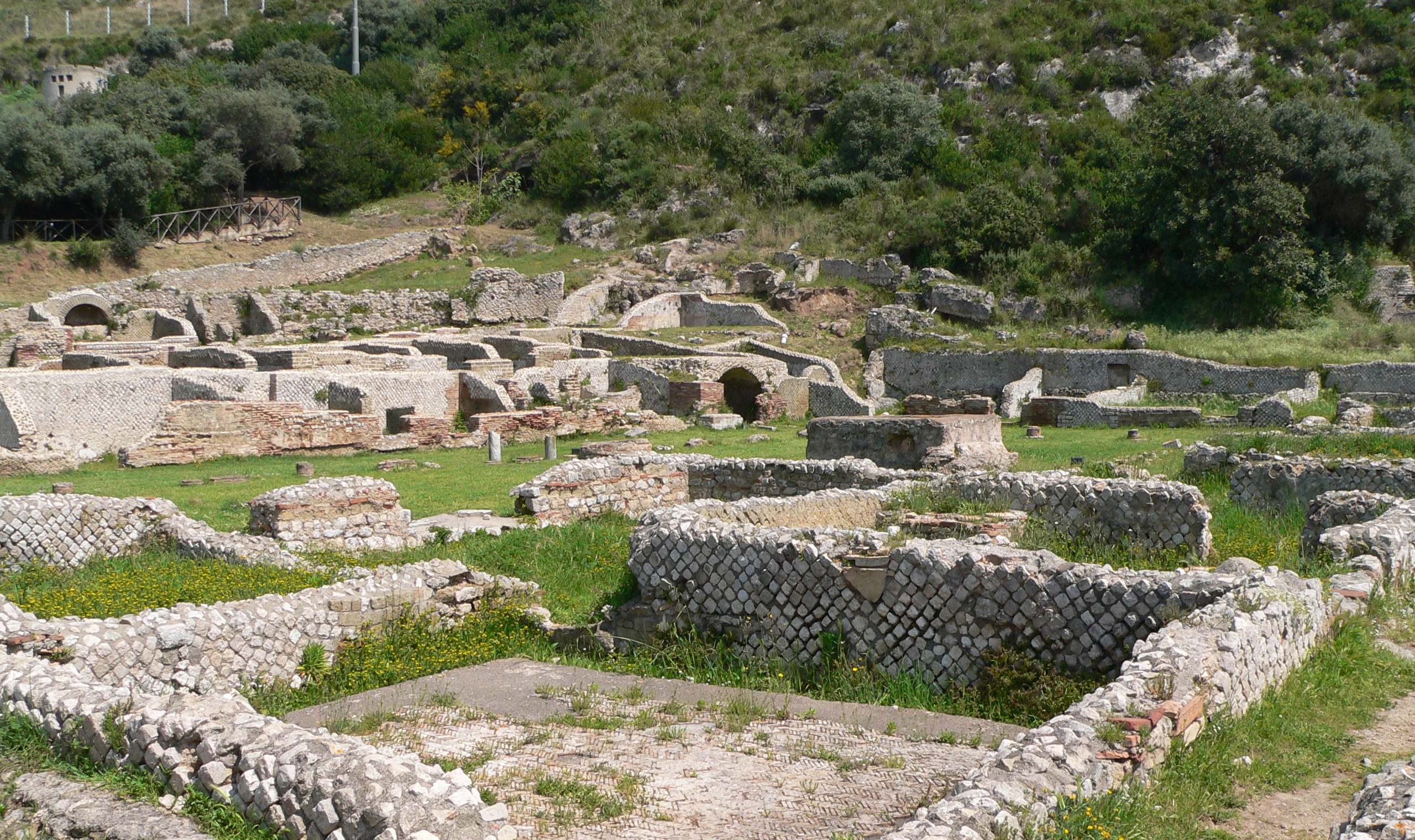
The remains of a villa at Sperlonga, showcasing opus-faced foundations. Photo by Troels Myrup Kristensen.
There is no indication from literary evidence that aquaculture was ever a particularly lucrative trade in either Republican or Imperial Rome. Apparently, those who sold fish were looked down upon as occupying a lowly occupation, whether or not they prospered. While the owners of piscinae certainly could have benefited from the ready availability of fresh fish in their diet or from the profit of surplus production, the enormous expense of building and maintaining the most modest pond makes a solely commercial function seem unlikely. The apparent stocking of pet fish (if not the frequent use of costly building materials and decorum) suggests that these structures were above all else luxury items. As a matter of course, apocryphal stories facetiously affirm that fish were not only kept for enjoyment, but that they were oftentimes highly valued. Antonia (mother of emperor Claudius) attached earrings to her favorite eel; the orator Quintus Hortensius is said to have wept over the death of a most prized specimen.
Roman pond materials and design
There was no typical style of piscina. The principles of design as laid out by Columella can be regarded merely as a product of the ethical and aesthetic ideals of one literatus, as no ancient Roman pond yet discovered represents these “requirements” exclusively. Perhaps the only commonality among them was an adherence to uniformity, repetition, and tight geometric form (today referred to as “formal” design); arbitrarily curvy perimeters and naturalistic placement of flora (today referred to as “informal” design) was apparently distasteful to the hypercivilized Roman senses. Aside from the prudent selection of site, size, and technical detail, their designs transcend purely utilitarian consideration to reflect the personalities and creative impulses of the individuals that commissioned their construction.
Piscinae were constructed in a number of ways. They were in some cases simply hewn (especially on the rocky Etruscan coast) from the “living” stone, molded from concrete, or fabricated by way of some combination of methods. Improvements in concrete construction eventually provided draftsmen with a virtually endless number of possibilities for the pond’s site and style. In dry conditions, a floor would be laid and walls would be set in wooden forms. A hydraulic concrete made with pozzolana (a volcanic dust mined near the Bay of Naples) could cure under water, enabling the construction of vast offshore enclosures. The outer walls of some ponds were faced with natural stone, opus (shaped stone inserts), fired brick, or tile. Any part of the outer perimeter could be dressed in marble. Interior surfaces were sometimes coated with waterproofing materials or colored plaster. Large amphorae (ceramic wine vessels) were often incorporated into the inner walls, forming cave-like recesses that provided shade and shelter for fish. Post-and-lintel or vault-supported platforms sometimes provided additional cover for fish while creating bases for sculpture, walkways, or even dining pavilions. In some cases, fountains and falls were installed to increase aeration of the pond water and present impressive visual displays.
An extant masterwork: The Grotto of Tiberius

Looking out from the inside of the Grotto of Tiberius at Sperlonga. Photo by Troels Myrup Kristensen.
If there is a piscina rex among surviving Roman ponds, it is to be found at the Grotto of Tiberius at Sperlonga. Interestingly, the complex is part of a Republican villa that was renovated as an Imperial get-away. A deep grotto recedes into the face of a rocky hillside. At the far end of the cavity, three freshwater springs feed into a large (over 21 meters in diameter) circular saltwater pond fit snugly into the first chamber of the grotto. Looking out from within the grotto, an abrupt transmutation occurs near the entrance of the cave as the circular pond opens into an overlapping rectangular pond of even more impressive dimension (31×19.3 meters). The rectangular enclosure assumes a bold severity as it juts out from the rough, curvilinear aperture of the cave opening. At its center is a 7.2×7.9-meter dining platform that was once approached by a temporary gangway and fitted with a canopy on brick columns. The outward-facing end of the platform contains four holding tanks (roughly 5.2×3.8 meters each). These tanks are connected to each other and the greater pond by openings that were at one time adjustable with moving gates. The rectangular pond has numerous amphorae embedded in its walls; the circular pond has none. The walls of both enclosures are faced with opus and are covered with plaster in a style that dates the construction of their foundations to perhaps a century before Tiberius acquired them. The enormous pedestal at the center of the circular pond, upon which some colossal sculpture almost undoubtedly once rested, is of an identical composition. Fine statuary likely filled the niches cut into the grotto walls. The stark dichotomies of form and atmosphere imparted tension to the already dramatic Hellenistic decor. Situated within the romantic scenery of rural Sperlonga, the Grotto of Tiberius boldly attests to the Roman pacification of nature. Representative of both major periods of Roman pond keeping and almost garish in its adornment, it is a monumental example of its kind.
Fishes of the piscina
Most piscinarii preferred offshore marine fish species for display. However, they frequently settled for the euryhaline species that were abundant near freshwater inlets and were decidedly more adaptable to captive conditions.
Columella writes that the aurata (the porgies or breams of the family Sparidae) were among the first fish raised in Rome. On account of their adaptability, simple rearing, natural beauty, and high value as a food fish, they retained their popularity with pond keepers for several centuries.
The rhombi (flatfish of the order Pleuronectiformes that includes sole and flounders) were common pond fishes. Turbot (Scophthalamus maximus), brill (S. rhombus), and some Mediterranean sole (Solea spp.) were popular on the plate, if not as pets. The exceptionally hardy European sole is farmed in lagoonal pens in Italy to this day.
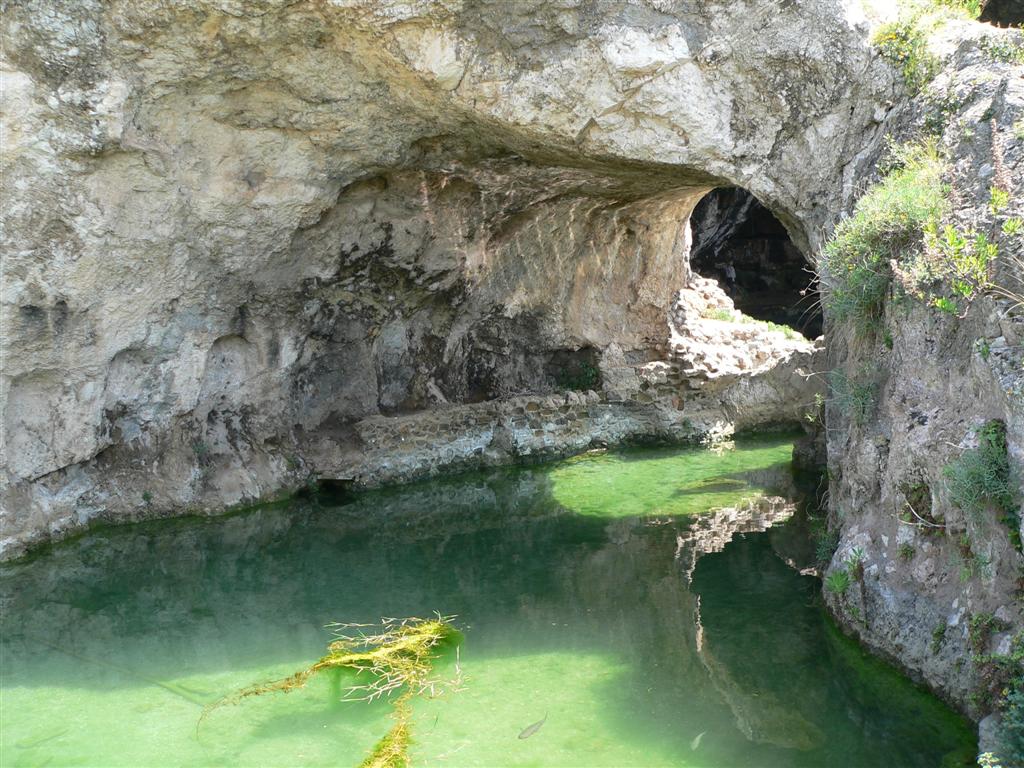
Detail of an inside portion of the Grotto of Tiberius at Sperlonga; note presence of fish. Photo by Troels Myrup Kristensen.
The lupi (wrasses of the family Labridae) were renowned for their intelligence and boisterous behavior. While they were clearly exploited as a food fish, their ability to entertain may well have lead some pond keepers to utilize certain species (e.g., Labrax lupus or L. dicentrarchus) for ornamental purposes.
The mugiles (grey mullets of the genus Mugil) are robust detritivores that are adaptable to brackish and even freshwater ponds. M. auratus, M. capito, M. cephalus, and M. chelo are all common in Mediterranean waters and were displayed in piscinae. While the mullet’s habit of leaping from the water must have frustrated pond keepers and necessitated the addition of tall outer walls to prevent escapes, its spirited antics would have made it all the more enjoyable for the ever sporty Roman to observe.
Perhaps the all-time favorite pond fish of the ancient Romans were the murenae, a term they used to refer to a number of eel-like species including the “common” eels (Anguilla spp.), moray eels (of the family Muraenidae), congers (Conger oceanicus), and even lampreys (Petromyzon marinus). For one reason or another, they were captivated by eel-like fishes and developed a surprisingly extensive knowledge of the natural histories of certain species. Piscinarii are known to have bought and sold large, domesticated eels for substantial sums of money.
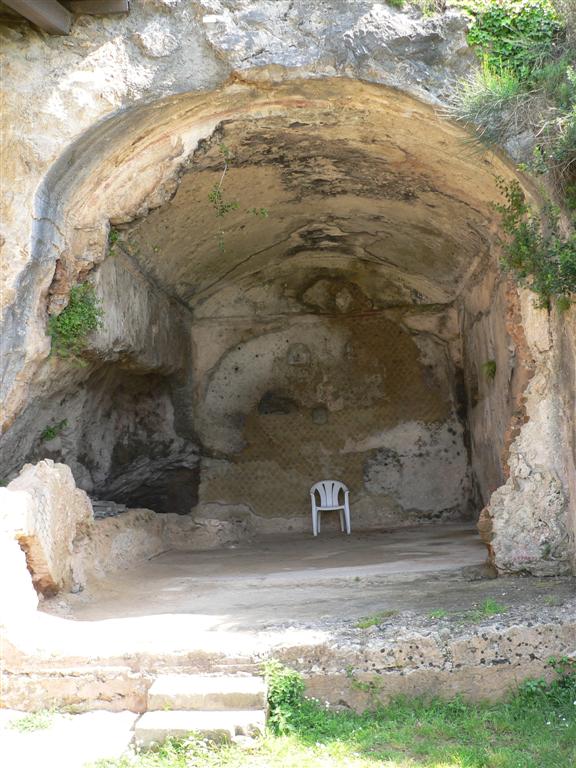
This detail of an outside portion of the Grotto of Tiberius at Sperlonga hints at the scale of this imposing structure. Photo by Troels Myrup Kristensen.
Attempts to cultivate the highly prized scarus (parrotfish of the family Scaridae), the mulli (goatfish of the family Mullidae), and perhaps the anthias (sea basses of the family Serranidae) were met with little success; captive specimens of these and other open sea fishes were exceedingly expensive commodities to be found exclusively in the most sophisticated and well-maintained of piscinae.
Although there is no mention of helops (sturgeon), scomber (mackerel), or asellus (hake) as ornamental stock in ancient literature, they were widely harvested from the wild and certainly could have been used in ponds.
Roman ponds as marks of prosperity, or of virtue
Certain aspects of a Roman pond’s design and livestock helped to emphasize the status of its keeper. Probably the most significant differentia amongst the piscinarii rested upon the (freshwater or marine) origin of their livestock. At least in the aristocratic Republican Era, piscinae salsae (saltwater ponds) were preferable to piscinae dulces (freshwater ponds), especially on property along the Etruscan coast where certain peculiarities of the terrain and tidal currents were most favorable for maricultural operations. Still, rearing marine fish was (then as it is today) a generally more ambitious undertaking. In describing the great expense of operating these facilities, one writer of the period joked that they were more likely to drain than augment their owners’ resources. These seaside enclosures were commonly associated with private villas that served primarily as leisure homes and were ill-famed in their day as places of idle diversion and drunken carousing. The ancient political pundit Cicero famously chided certain public officials for neglecting their civic duties while escaping to the countryside to tend to their fish.
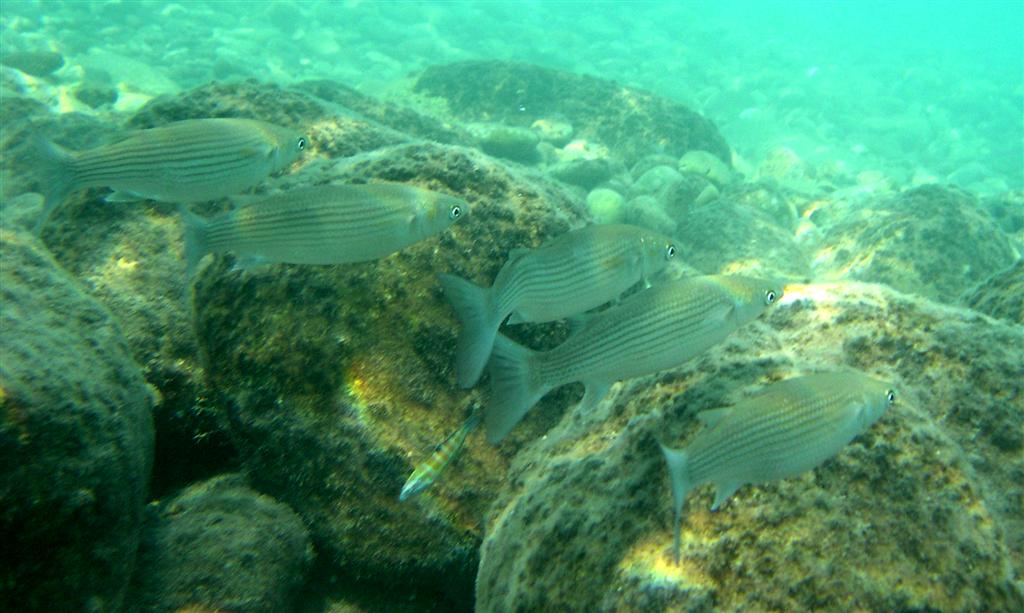
The mugiles (grey mullets) are just some of many ornamental fishes prized by Roman piscinarii. Photo by Ray Eye.
We know considerably less about freshwater Roman ponds than we do about their marine counterparts. Owing to their relatively modest scale, piscinae dulces are far less represented in the archeological record; owing to their comparatively humble function and design (i.e., less illustrious ownership), they were largely ignored in ancient literature. According to Columella, the earliest ponds in Rome contained freshwater. Nevertheless, their plebeian associations assured their rarity through the duration of the Republican Era. Negative perceptions of piscinae dulces changed abruptly in the early-first century A.D. Freshwater fish keeping increased in popularity in small part because of the changing demographics and reorganization of public water systems under Augustus, and in large part because freshwater fish had begun to be regarded as Imperial symbols of virtue. Over time it had become not only acceptable but fashionable to incorporate freshwater ponds, graced with newly innovated fountain works, into public and private peristyle gardens alike. In Pompeii, as in other epicenters of cosmopolitan culture, “gentlemen gardeners” made displays of their refinement and sensibility through their horticultural prowess, working with exotic plants that were imported from all corners of the Empire.
Despite the widespread popularity of piscinae in the early Imperial Era, the fad of fish keeping seems to have ebbed by the end of the first century A.D. This can be attributed to several important changes within the Roman power structure. The most dramatic of these changes was the absorption of aristocratic landholdings into the emperor’s estates. With Imperial restrictions on displays of power and affluence mounting, the construction of new piscinae effectively ceased. While existing ponds were routinely renovated, they had by the first days of the Holy Roman Empire fallen into hopeless disrepair and were never replaced. In the sixth century A.D. one scholar and bureaucrat Cassiodorus organized the construction of several piscinae on a monastic retreat at Vivarium (the single noteworthy attempt to restore the art of Roman pond keeping in the Christian Era) only to see them discounted as wasteful and useless–and here the history of piscinae essentially draws to a close.
Conclusion
It was not until the great archeological excavations of the 1800’s that the socially and politically significant aspects of Roman fish keeping were seriously evaluated; research in this area is ongoing. Arguably, so long as development and decay continue to take their toll, investigating the remains of these structures should be conducted with great urgency. Even as forgotten ruins, piscinae can greatly broaden and enliven our understanding of Roman society during the stormy transition from the Republican Era to the Imperial Era. As we refine our knowledge of fish keeping practices of the ancients, we may perhaps come to comprehend the cultural implications of trends adopted by modern ornamental fish enthusiasts in a whole new light.
Sources
- Higginbotham, James. Piscinae: Artificial Fishponds in Roman Italy. Chapel Hill and London: University of North Carolina Press, 1997.
- Ramage, Nancy H. and Andrew Ramage. Roman Art: Romulus to Constantine. London: Lawrence King Publishing Ltd., 2005.
- Gibbon, Edward. Decline and Fall of the Roman Empire. New York: Dell Publishing,1976.
- Robinson, Peter. Water Gardening. New York: DK Publishing Inc., 2006.
- Johnson, Kirk. “Piscinae salsae (Saltwater Fishponds).” September 29, 2000. http://www.suite101.com/article.cfm/garden_design/46777/


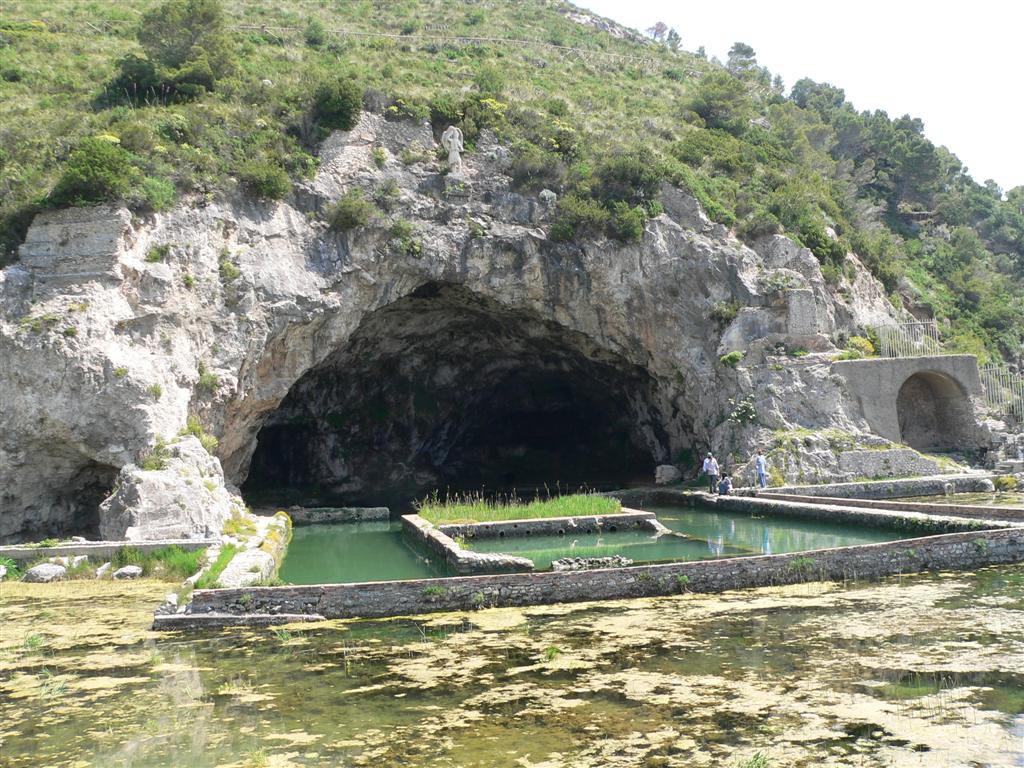
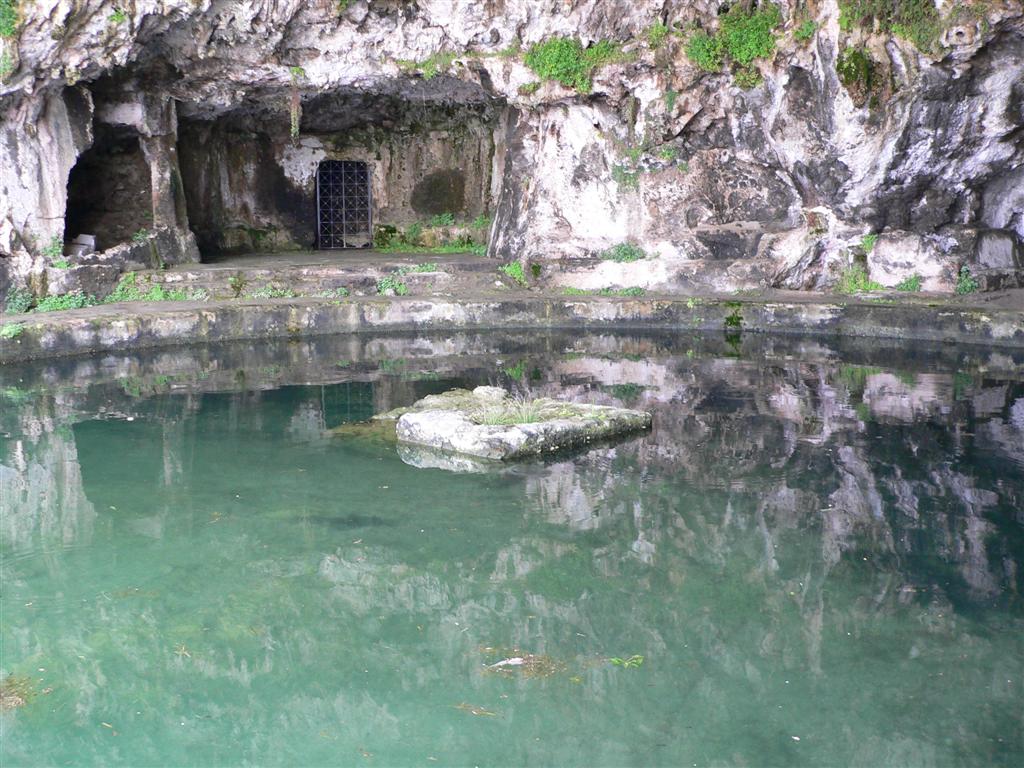
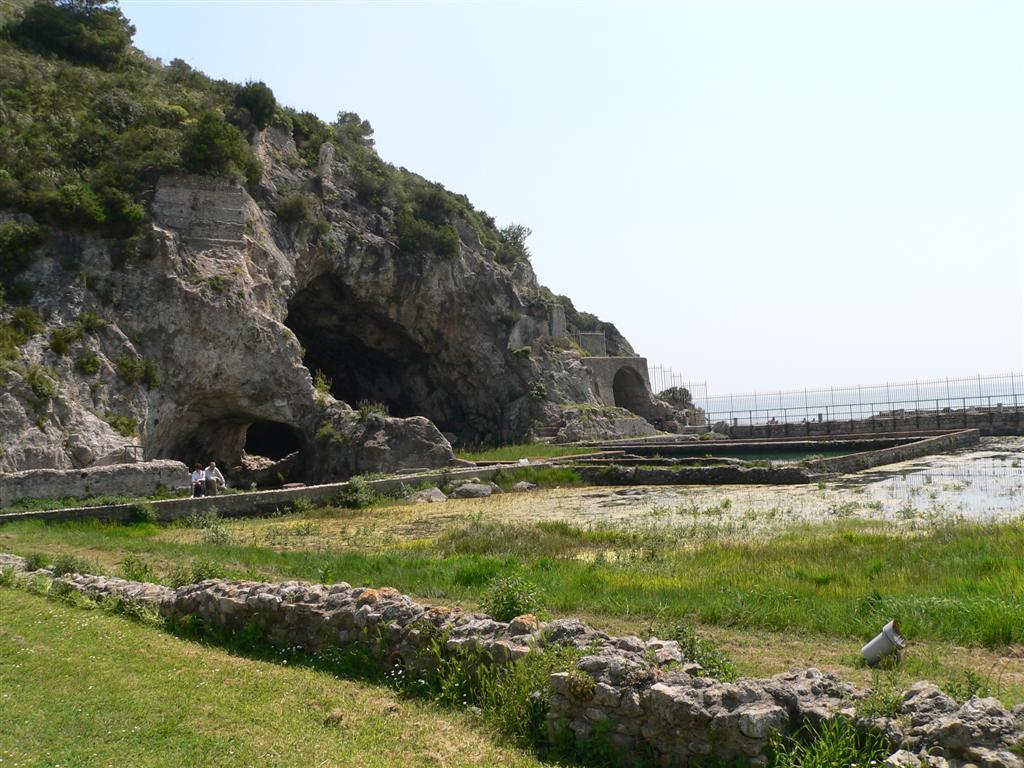
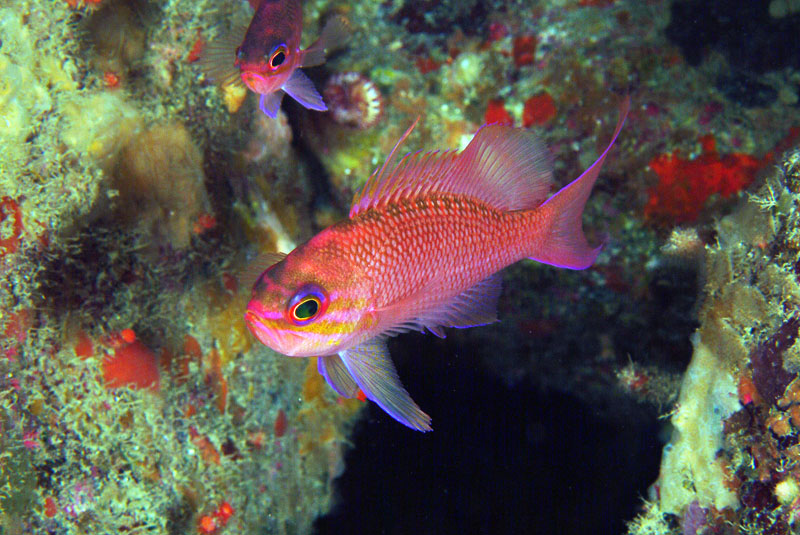

Hey, thanks for sharing it
black beard algae eaters
I do fish politics: I have a male pro-democracy paradise gourami named (BLUETIGER) he is a mascot of taiwan ?? he will be bred with a female fighter plakat bettafish to make a new generation of paradise fighter fish the republican rival fish to the paradise gourami is the republican northern Missouri {studfish} and the {orange fin darterfish}. They are aggressive and are known to rule tanks but my hybrid fish will keep him in check cause they’ll be trained in a muhammad ali self-defense boxing style.
And yes I support blacklivesmatter and AOC and the squad
But there is a republican rival to it is the southern and northern {studfish}. They are aggressive as well that’s why I will be trai g my hybrid paradise fish/fighter plakat fish in a sugar ray Robinson self-defense boxing style if I putva single republican northern or southern male in my tank with my hybrid pair.
We need to hear more about a paradisefish/fighter plakat bettafish hybrid vs a northern or southern studfish in a territorial dispute